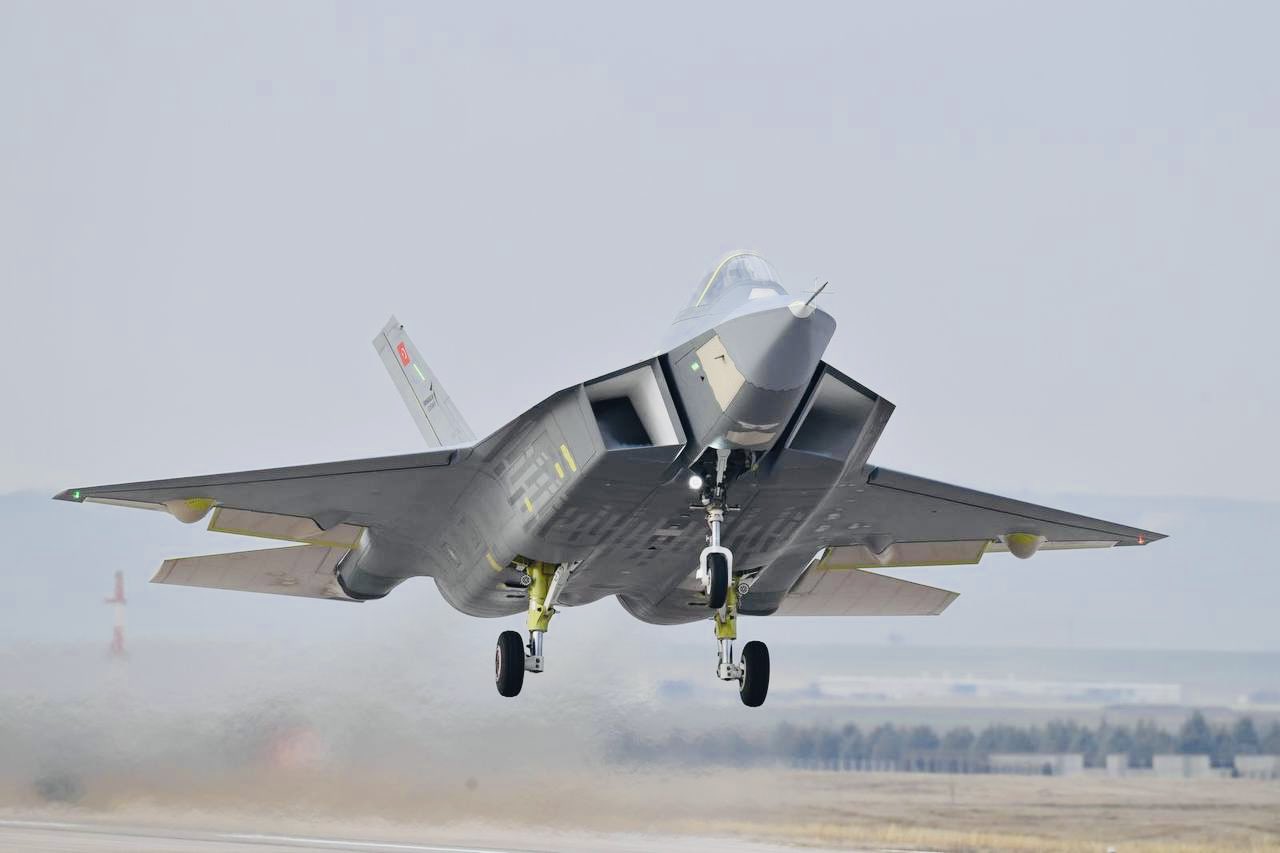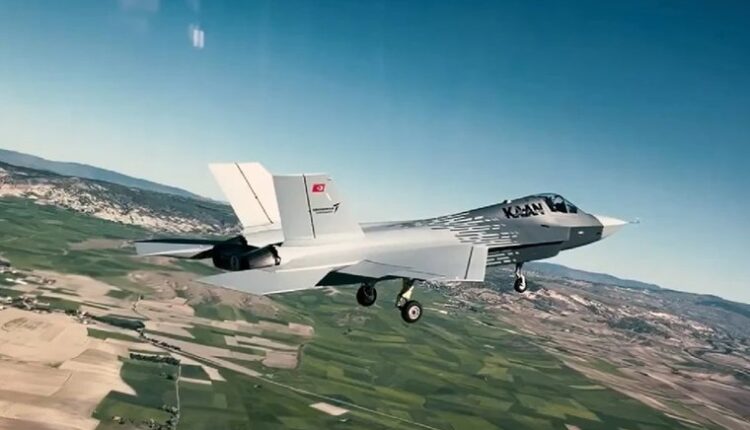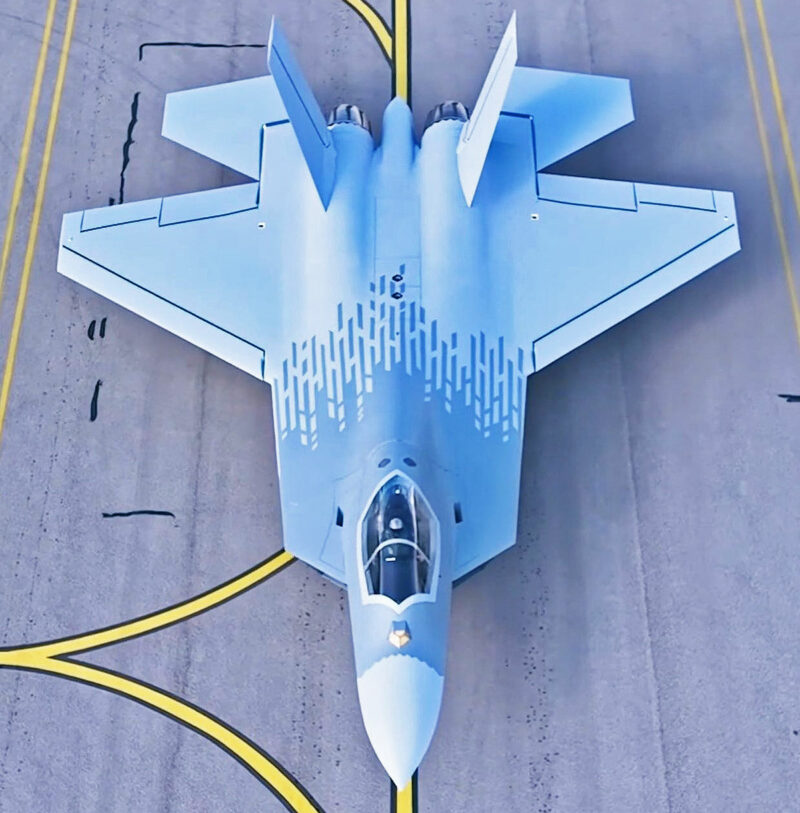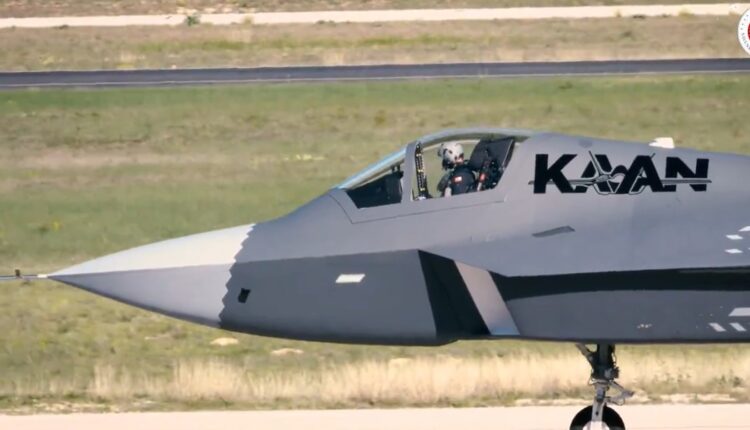Turkish Air Force to Receive Over 100 Fifth-Generation”KAAN” Fighter Jets
Turkish Aerospace Industries (TAI) CEO Mehmet Demiroglu also stated that TAI will supply approximately 150 fifth-generation KAAN fighter jets to friendly countries interested in acquiring the aircraft.
(DEFENCE SECURITY ASIA) — The Turkish Air Force is expected to receive more than 100 fifth-generation “KAAN” fighter jets once mass production by Turkish Aerospace Industries (TAI) begins.
This announcement was made by the newly appointed CEO, Mehmet Demiroglu.
TAI is the main contractor for the development program of the fifth-generation “KAAN” fighter jets.
“We will supply over 100 KAAN fighter jets to the Turkish Air Force based on our studies,” said Demiroglu, who succeeded Dr. Temel Kotil.
He also mentioned that TAI plans to provide around 150 KAAN fighter jets to friendly countries interested in acquiring the aircraft.

“Overall, we (TAI) expect to receive orders for between 250 and 300 KAAN fighter jets,” Demiroglu stated.
Turkey, a NATO member, launched the fifth-generation “KAAN” fighter jet development project in 2016.
TAI is expected to begin delivering 20 KAAN Block 10 fighter jets to the Turkish Air Force by 2028.
By 2029, TAI is projected to produce two KAAN fighter jets per month, generating approximately US$2.4 billion (RM9.6 billion) annually.
The fifth-generation KAAN fighter jets are set to replace more than 200 F-16 fighter jets currently in service with the Turkish Air Force.
Initially, Turkey was a partner in the F-35 program and was set to receive 100 fighter jets developed by Lockheed Martin.

Turkish companies were expected to produce around 900 components for the F-35 jets. Turkey had even made an advance payment of US$1.4 billion (RM6.56 billion) to join the F-35 program.
However, Turkey’s decision to acquire the S-400 “Triumf” air defense system from Russia led to its exclusion from the F-35 development program and a ban on obtaining the fighter jets.
The United States was concerned that Russia would use the S-400 system to gather intelligence on the F-35 jets.
In early June, the “KAAN” successfully completed its second flight, a few months after its historic maiden flight in February.
During the second flight, the fifth-generation “KAAN” fighter jet was airborne for 14 minutes, reaching an altitude of 10,000 feet at a speed of 230 knots, according to a statement from the country’s Defense Industries Agency (SSB).

The maiden flight of “KAAN” took place on February 21, ensuring that Turkey joined a select group of countries capable of developing fifth-generation fighter jets independently.
Nearly 100 percent of Turkey’s fifth-generation fighter jet is developed by the nation’s defense industry, with exceptions such as the ejection seat, engine, and joystick.
Initially, the KAAN fighter jets will use engines supplied by the United States before being replaced by locally manufactured engines. — DSA


